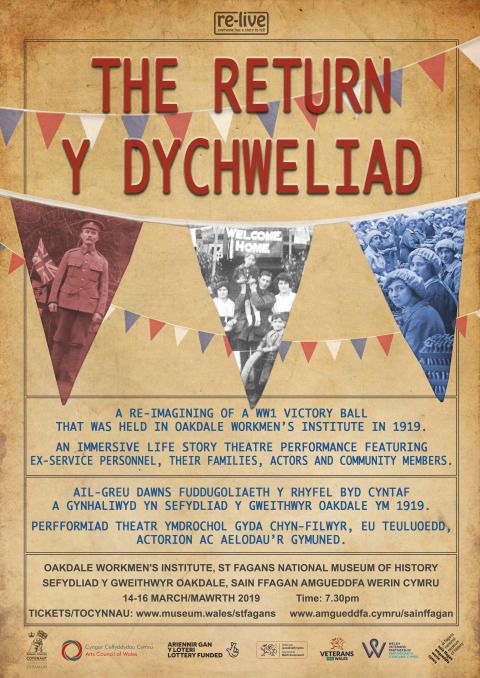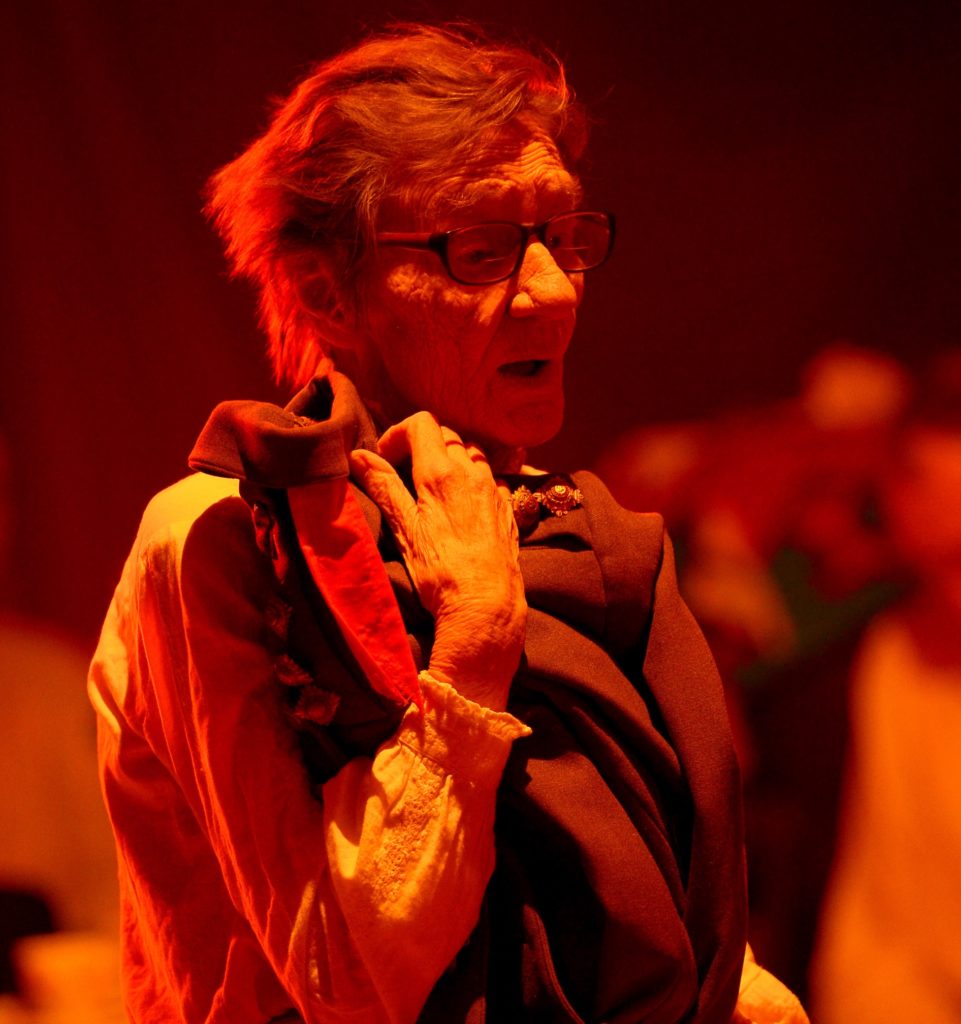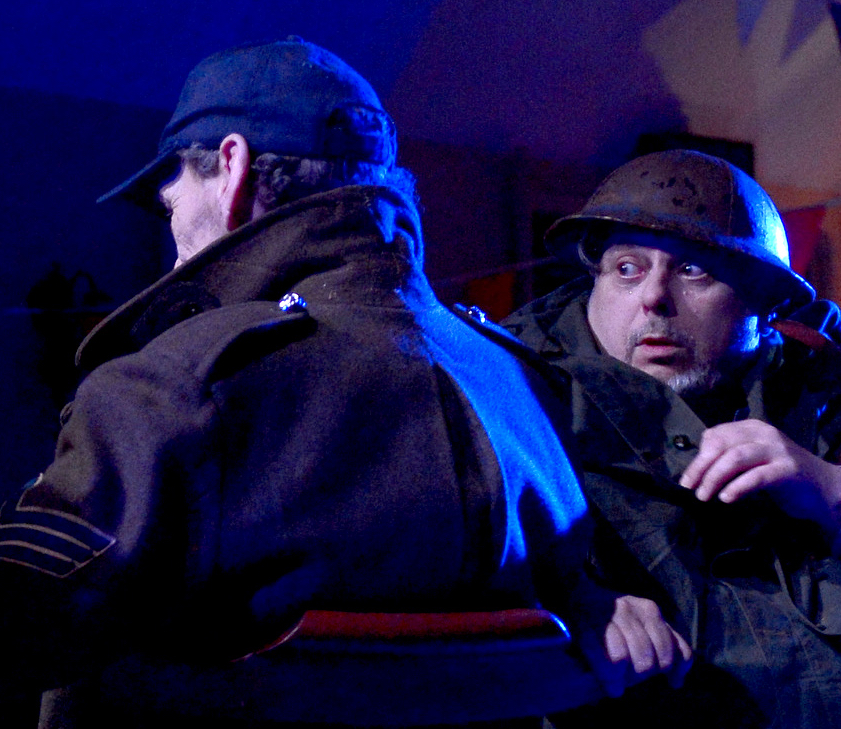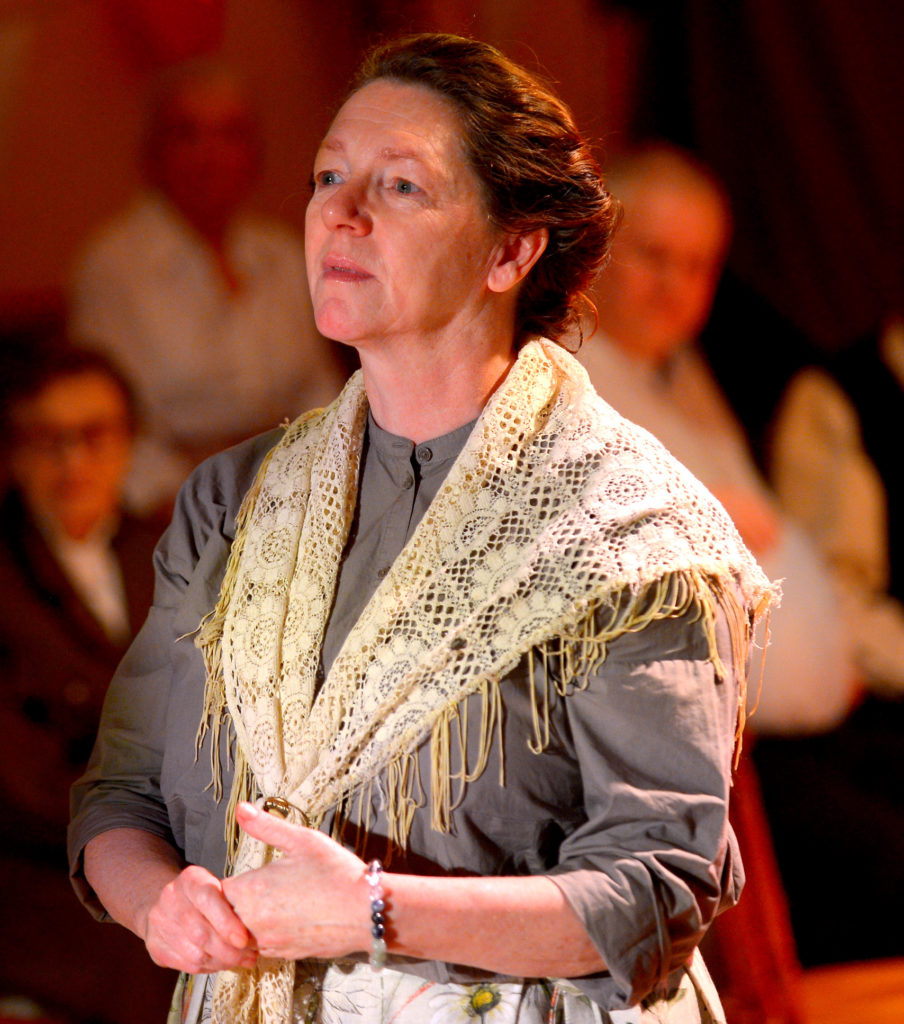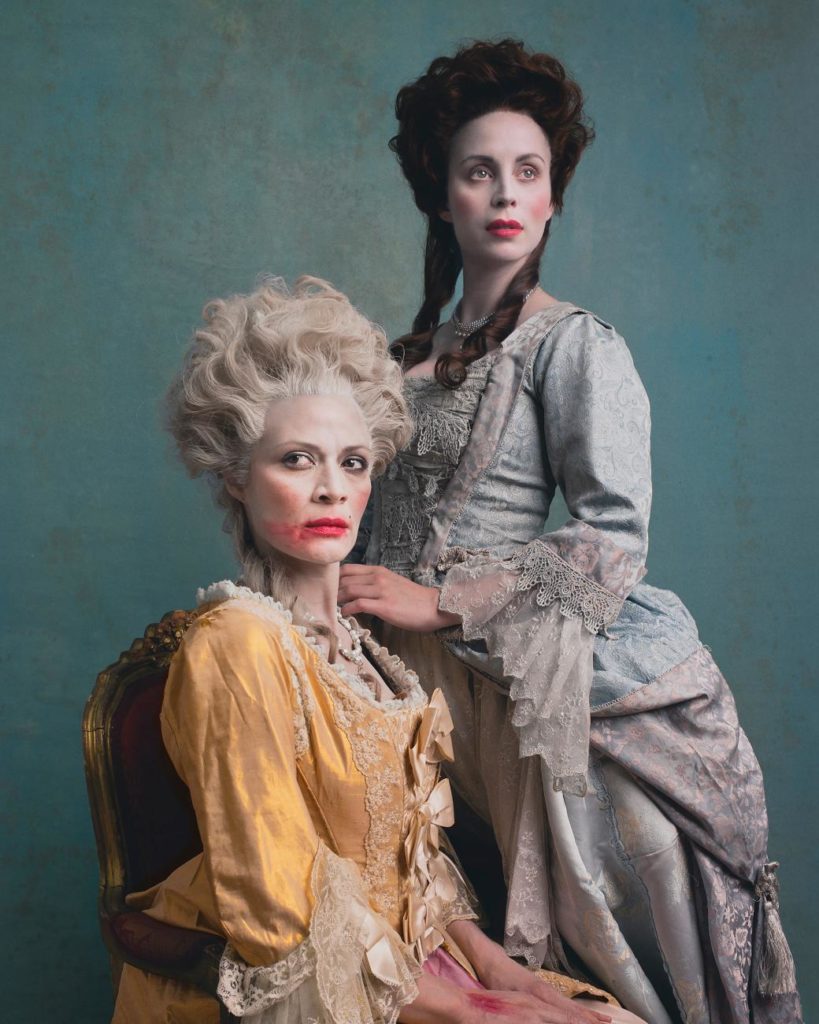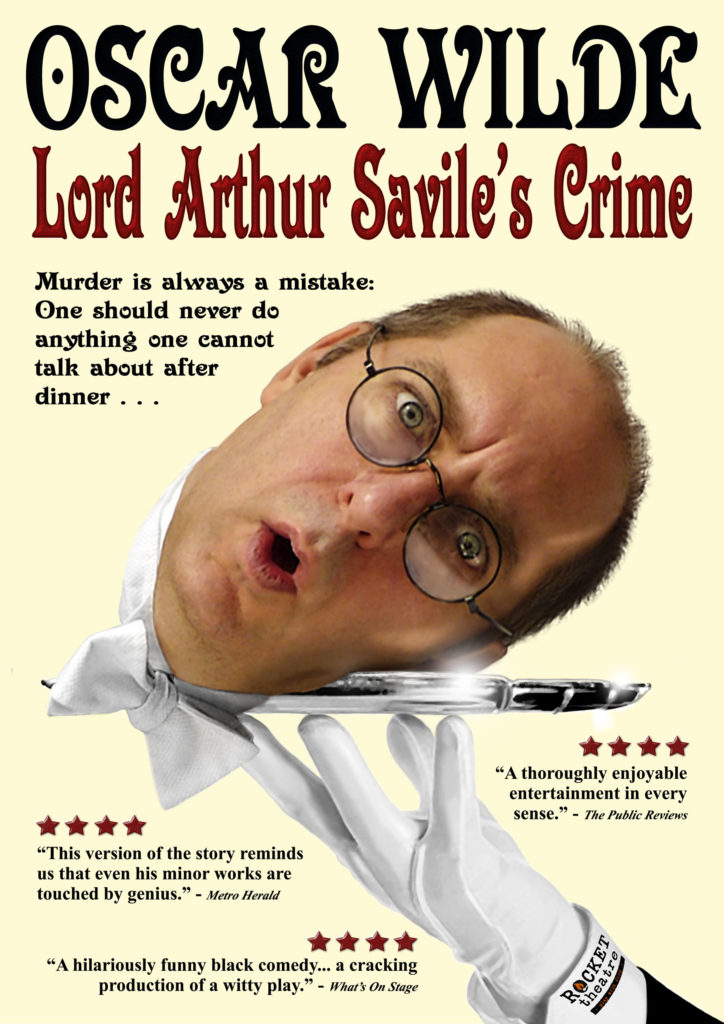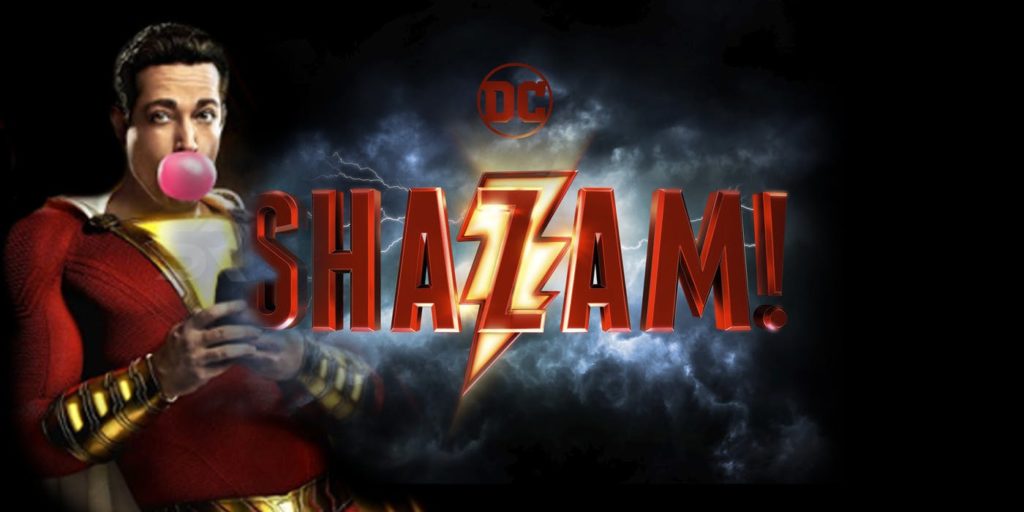
 (4 / 5)
(4 / 5)
What world am I living in? If you wound the clock back to 2012 and say that there’s a new DC cinematic universe coming and Batman and Superman will be the disasters but Wonder Woman, Aquaman, and now Shazam! will be the winners of the bunch, I’d have looked at you like you were bonkers. Yet here we are, a movie about a beloved character from the comics that I’d thought would never get his own movie and if he did it would be forced through that dark or complex filter that DC movies seem to put most of their characters through. I am so happy this is not the case and we’ve got what we got.
Side note, this character was referred to as “Captain Marvel” for a long time, but due to legal reasons, it has been changed to Shazam which adds a whole lot of complications to it. I guess obviously if this movie was out and Captain Marvel that would lead to a very confused audience, both in the movie theaters and in the comic stores.
The setting is not of the dark gritty crime-ridden streets of Batman, the high tech science fiction of Superman, the mythological scale of Wonder Woman but a realm of magic, as in true fantasy magic, wizards, words, robes, and staffs. This gives the character and now the movie it’s own unique tone and personality to distinguish itself amongst its competition.
Our tale begins on a dark snowy night where a little boy is in the back of a car and his father is driving and elder brother is in the front. The elder brother and father clearly get along and care very little for him. But suddenly the little boy is transported to a deep cave with statues and an old man with a long beard, covered in long robes and holding a staff. This old man is a wizard (Djimon Housou) that offers this little boy great power, but the statues (that represent the seven deadly sins) tempt the boy to take an evil eye, this was a test and he has failed so he is cast out. Back to his old, loveless relatives.
We are then taken to years later and a little boy is at a carnival with his mother, trying to win him a toy tiger. She can’t win the tiger but does get him a compass. While walking through the crowd the two get separated, the boy is taken in by the police and his mother never comes for him, he is alone. Skipping again to years later, now present day and the boy has grown up a few years into an early teenager and his name is Bill Batson (Ashner Angel), he’s been in and out of foster homes for years always looking for his mother. Now he is in Philadelphia and put into another home. This one of the Vazquez, who have adopted many foster children. One of which is Freddy (Zack Dylan Grazer) who requires a crutch to walk but certainly never lets that get his spirits down.
Now in the
present, the little boy in the car has grown up to become Dr. Thaddeus
Sivana (Mark Strong). he has been searching for years for a way to get
back into that mysterious realm of the wizard, fortunately for him he
has now found it and takes the dark power for himself, unleashing the
seven deadly sins from captivity and upon the world. So now we have our
villain!
So, in his desperation, Billy Batson is taken to the cave and offered the power f the wizard known as Shazam! The powers are mean
to be bestowed on a person with a pure heart but Billy is simply a good
enough person. So when he speaks the wizards name a bolt of lightning
hits him and he is transformed into a full grown man in his very own
super suit, light up logo, cape and everything.
It is the casting of Zachary Levi as Shazam that is the cornerstone for the movie’s success. He is so unashamedly a big kid, from his energy to his broad expressions you believe that there is a child working this adult body.
This movie takes place in the winter and
within the gray streets of a city, but it is the characters clothing
that makes them pop. Each character has their main color, Billy is red,
Freddy is blue, another is purple, another is green and the villain
wears black. This is a color move and a stylized superhero one so
naturally, people are color-coordinated.
So now
that he has been granted the body of an adult and has superpowers what
to do now? Test them out! In a montage set to Queens Don’t Stop Me Now
where Billy along with Freddy test out his new body and see what its
capable of. This sequence is for the audience to learn what powers
Shazam has too as well as a simple serving of fun. These are children
that have been handed these amazing abilities, of course, this is how
they’d go about it.
This movie knows what it wants
to be. It knows that it wants to tell a superhero story from the
perspective of a child that isn’t taking this all too seriously so
neither are the filmmakers. It knows to insert it’s tongue firmly in its
cheek. However, this is probably the movie the be the most emotionally
heavy, some filmmakers believe that dark equals emotional, it does not,
something does not have to be dark it just needs to mean something of
great importance to the characters and for you to be able to connect to
it. If it’s all dark then it’s just unpleasant, but with the right
amount of balancing between colorful and heavy emotional moments, then
you have a truly whole experience.
As a fan of
Superman and Batman, I am saddened by them getting poor treatment
movies, but they have already had their good treatments and left their
cinematic mark. It is time for new characters to get their time in the
sun and for people to learn about their unique mythos and characters. I
wholeheartedly embrace the renaissance of the underdog superheroes
getting the treatment they deserve. This movie is fun, dark, emotional
and well crafted, like an Ablin movie at their peak.
R

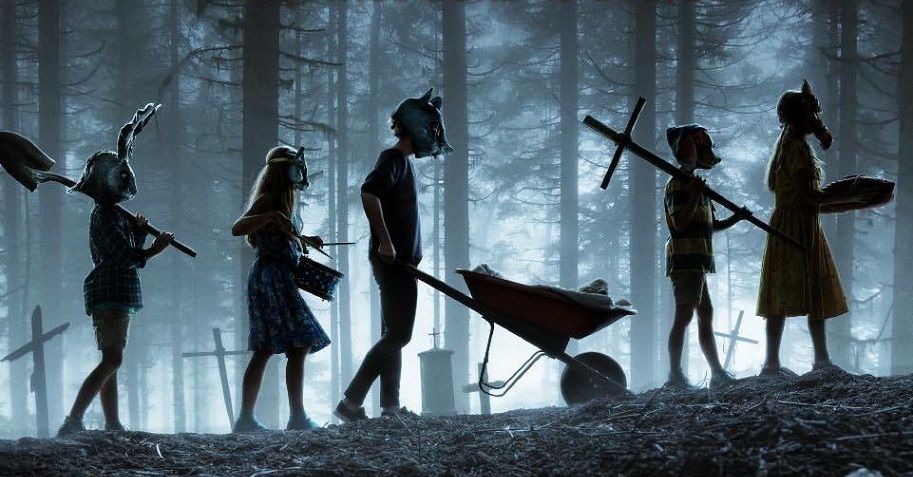
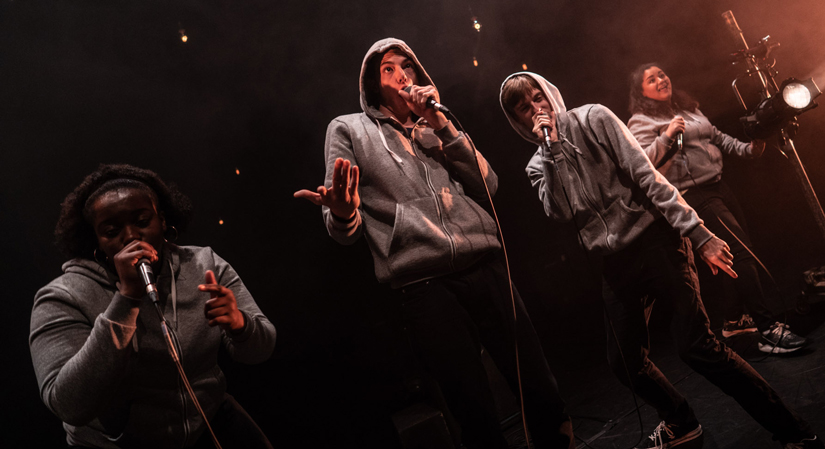

 (2 / 5)
(2 / 5)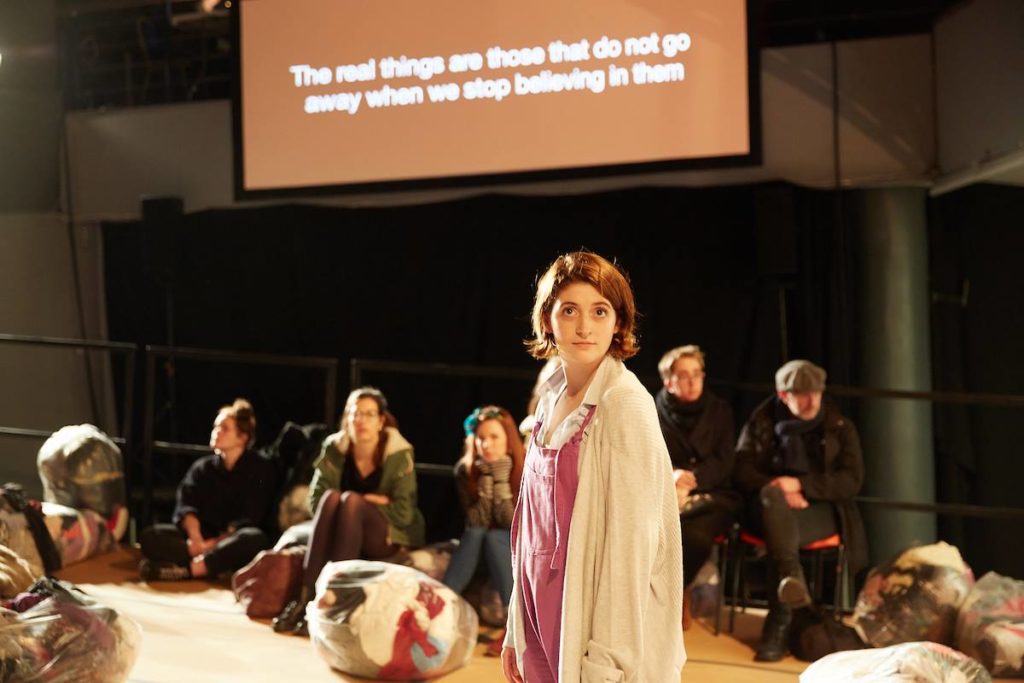
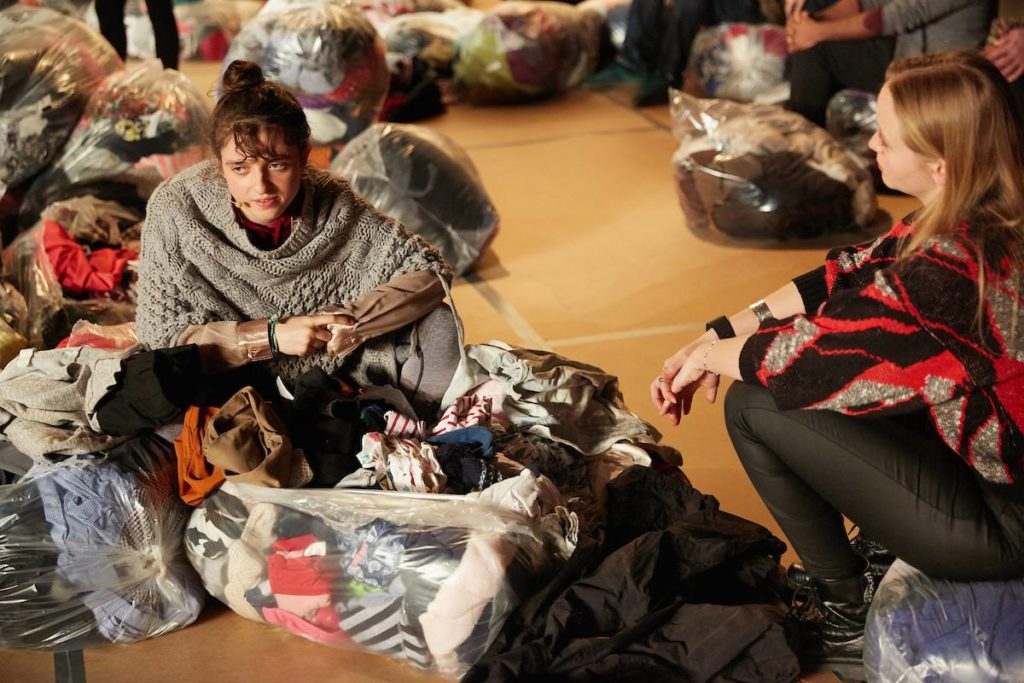
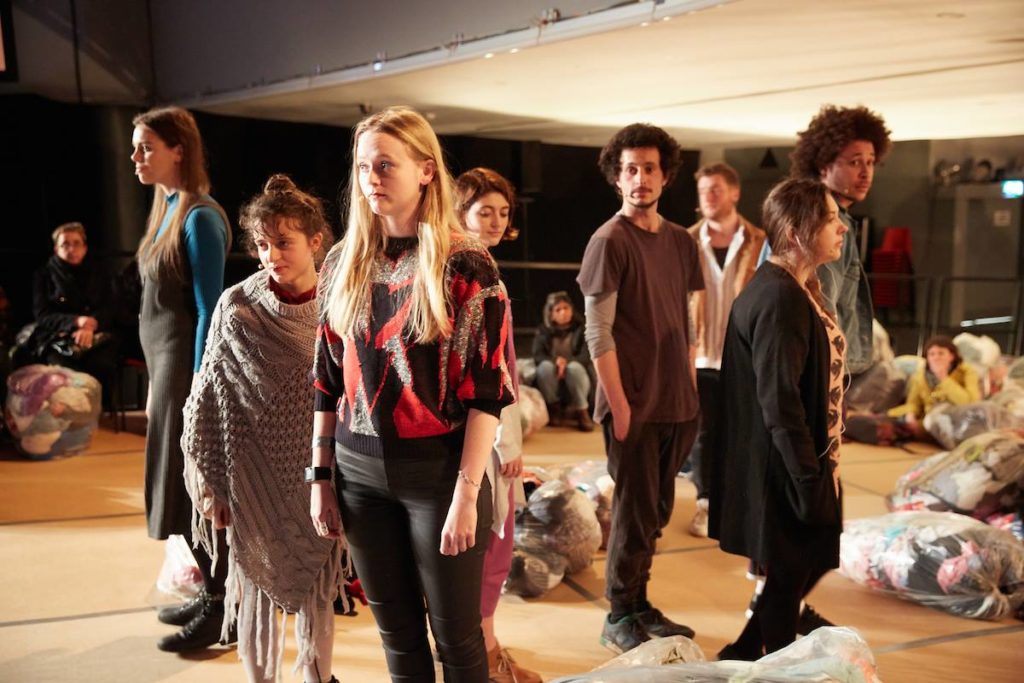
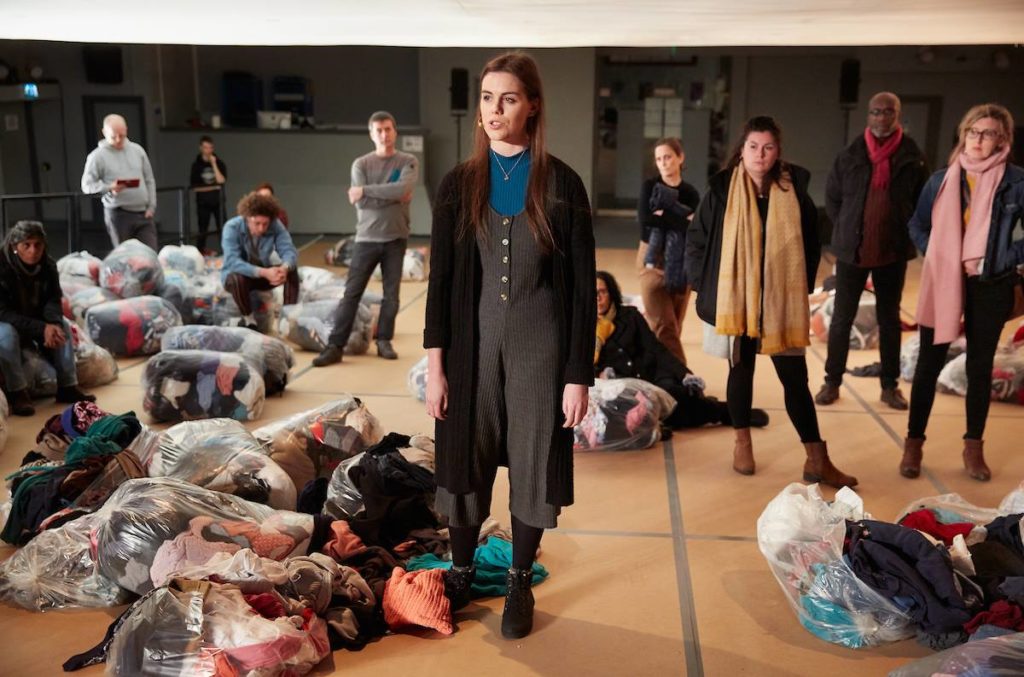
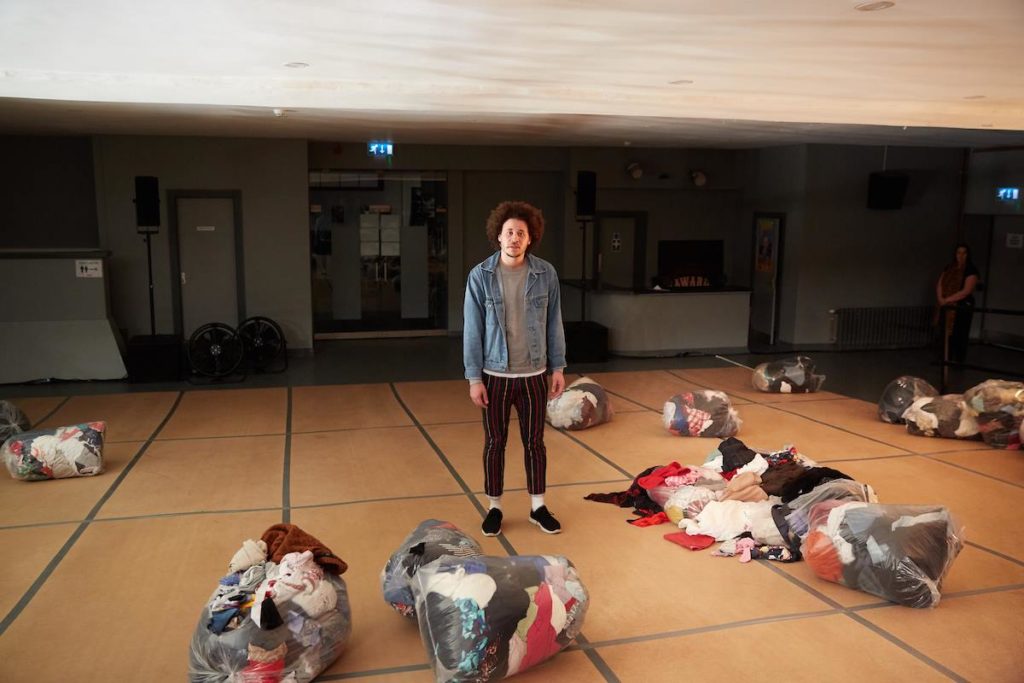

 (3 / 5)
(3 / 5)
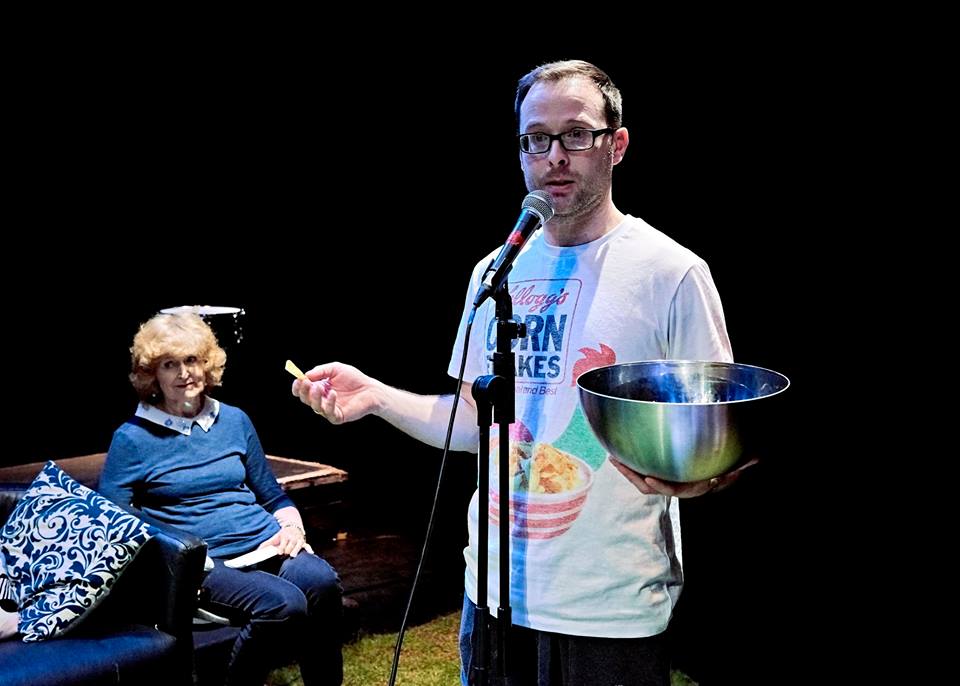
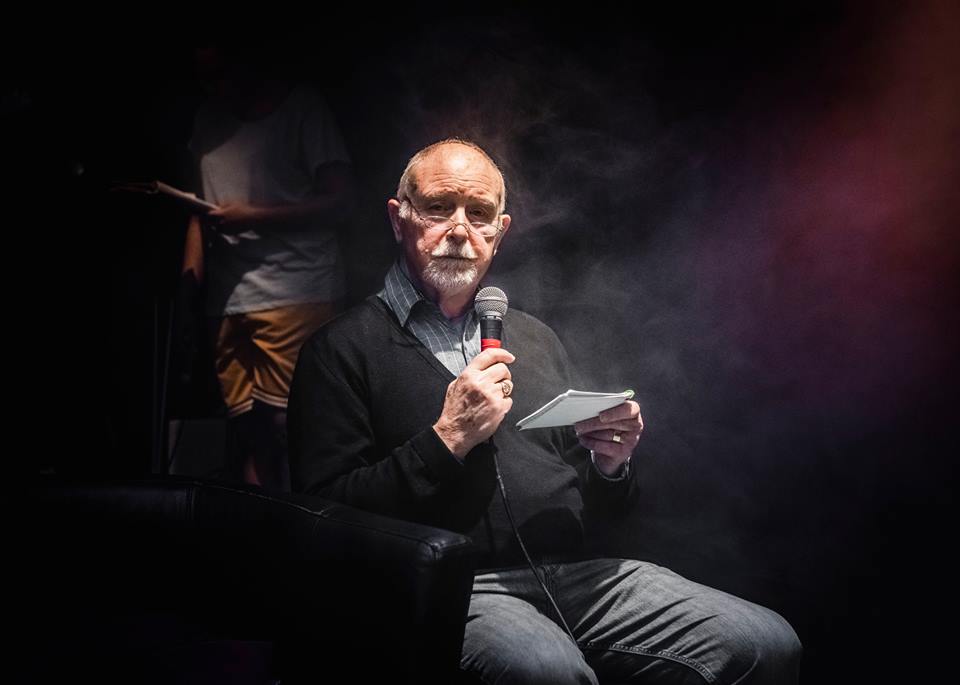


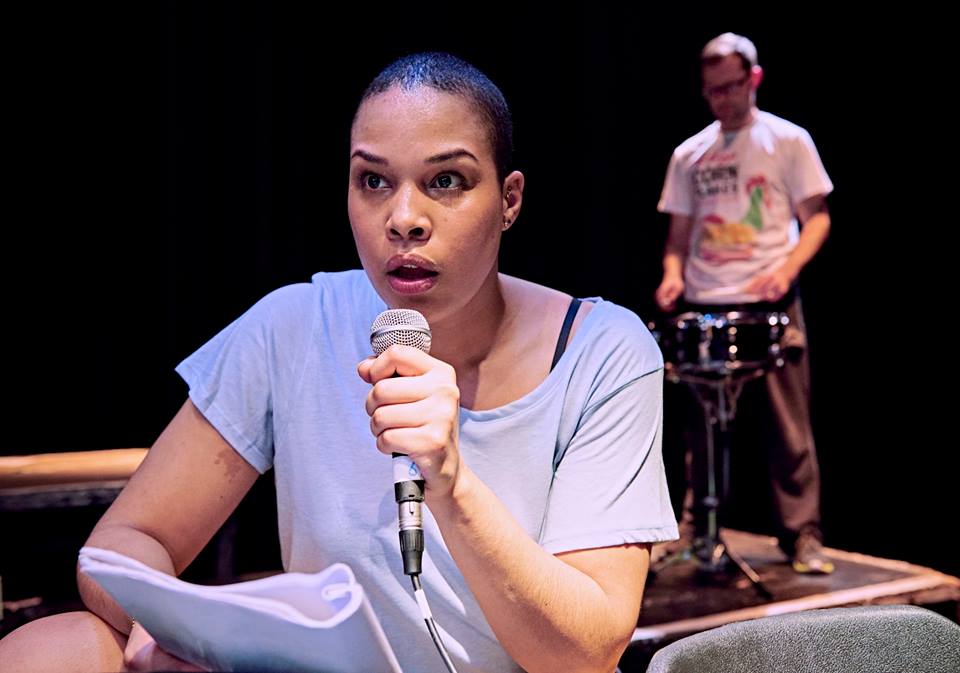

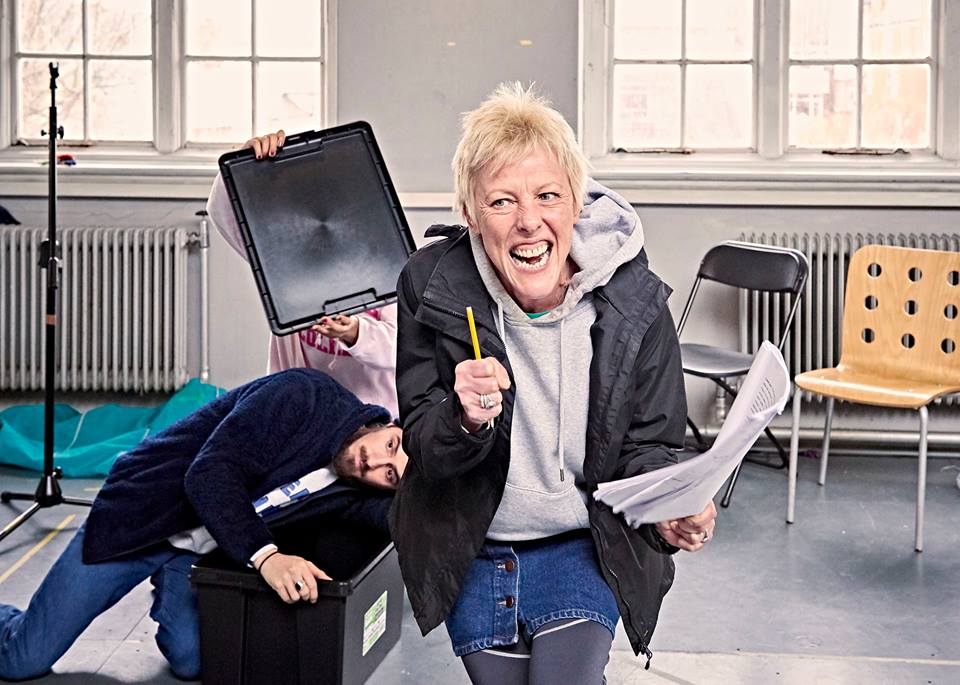




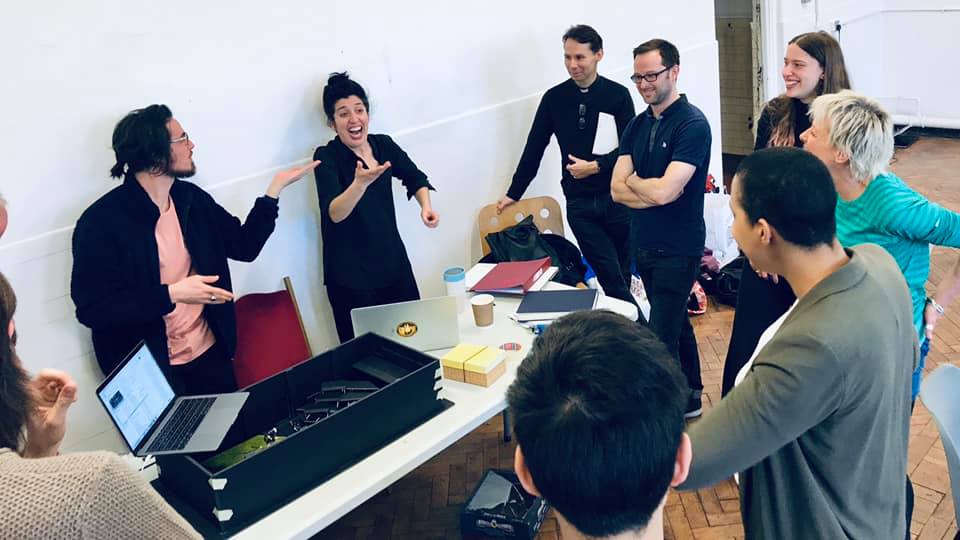
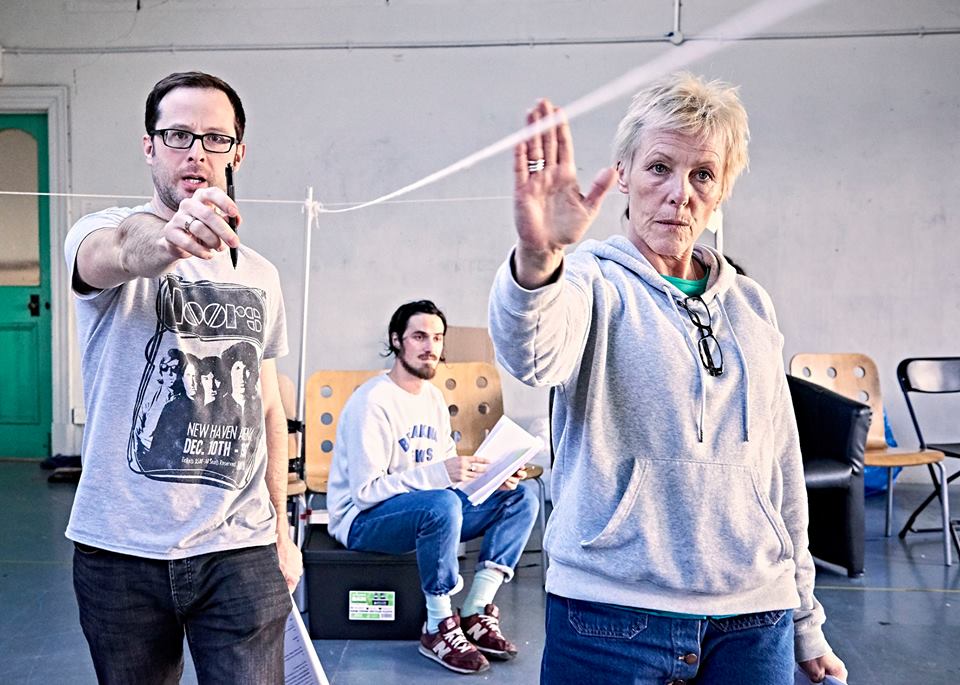

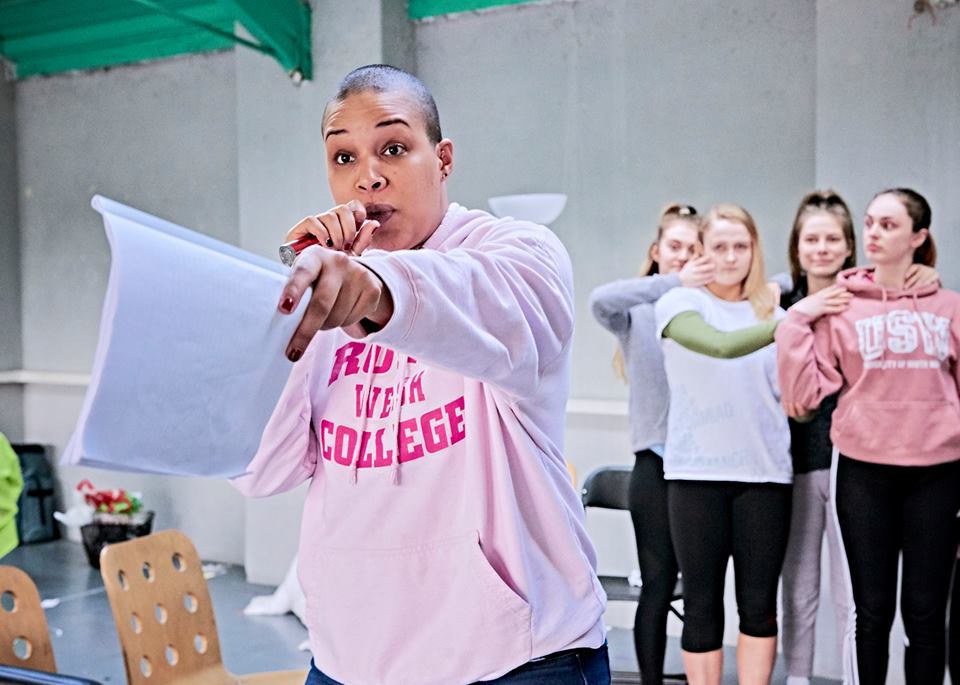
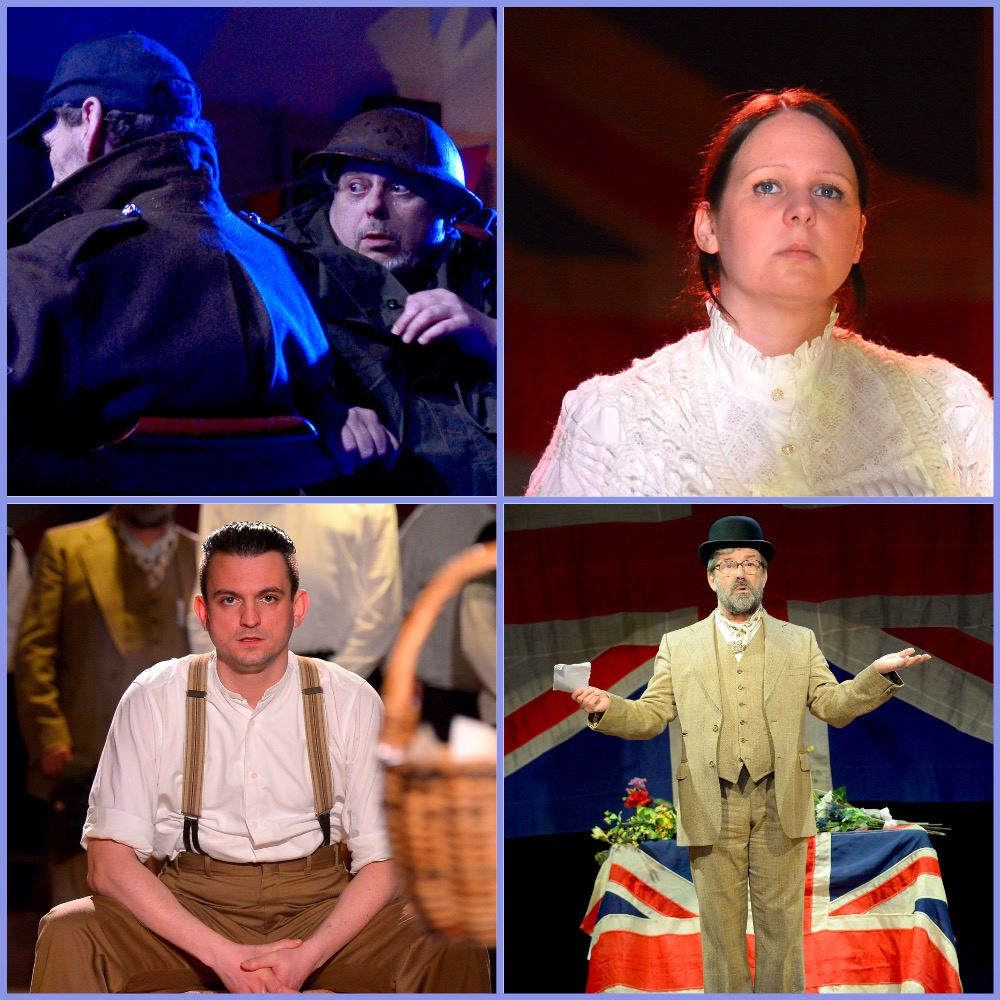
 (5 / 5)
(5 / 5)